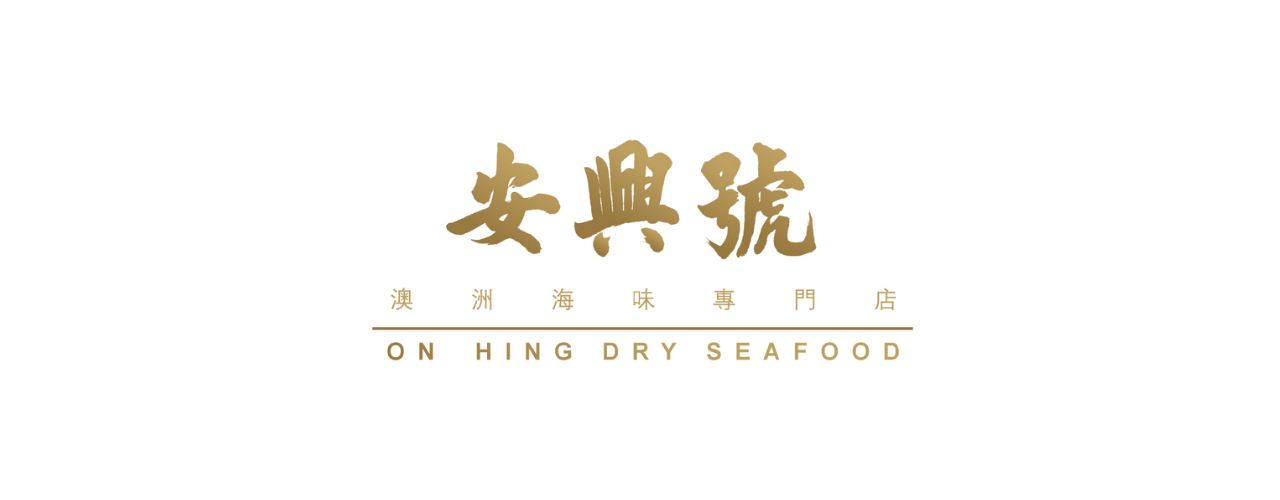Besides the edible "sea cucumber tendons" mentioned in my previous post, there's another part some people eat — the gonads. These are actually sea cucumber eggs, and because the name sounds scary, they're also called "sea cucumber flowers." Sea cucumber flowers aren't actually the intestines. Commercially available sea cucumbers have already undergone basic processing, typically making a small incision, removing the internal organs, and then drying them.
The sea cucumber flower is edible, so it's retained during processing. This unique feature is found only in older sea cucumbers, when their gonads have matured, and is even rarer than the original sea cucumber itself. Some places make sea cucumber flower sauce, others add it to soups, and some use it in teas and wines. Older sea cucumbers contain higher levels of unique nutrients, providing both nourishing and protective benefits, significantly boosting the body's immune system and helping prevent cellular diseases.
However, sea cucumber flowers are prone to harboring sand, so they need to be removed, soaked, and cleaned thoroughly before cooking. Although they've already been basically processed, you still need to remove the sand after soaking them at home. Remember to remove any remaining sand from the intestines, anus, and teeth, as these parts are not suitable for consumption.


